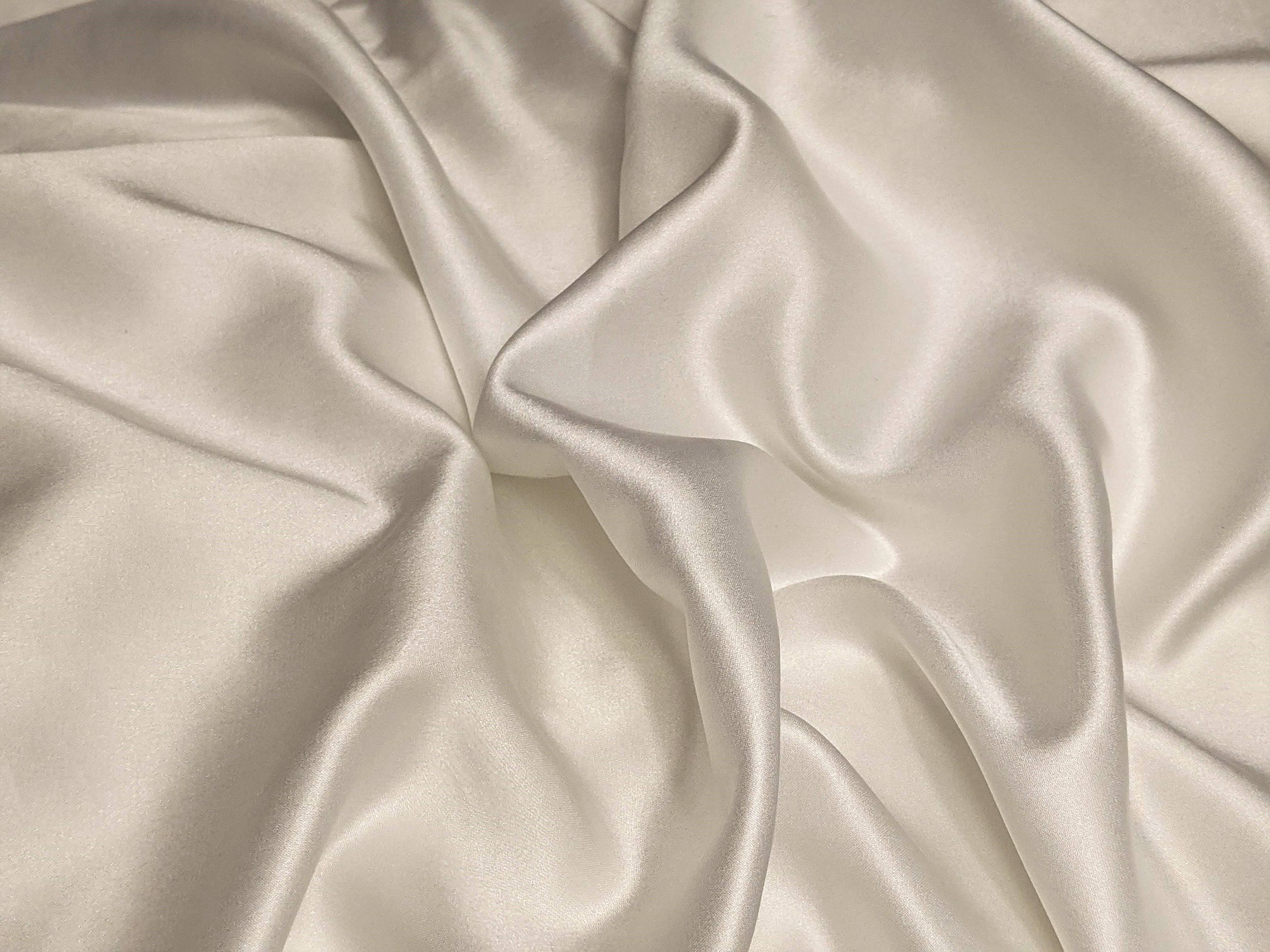Modal Fabric Guide: What is Modal Fabric, and is it Sustainable?
Have you ever wondered how luxury underwear feels so luxe, soft to the touch, and slightly stretchy? Well, it’s all in the fabric. Many renowned apparel and lingerie brands are using breathable, light-weight, and eco-friendly modal fabric. But what exactly is modal fabric? Let’s find out.
What is Modal Fabric?
Modal fabric is a lighter, breathable, and more durable version of the trendy rayon fabric. However, lyocell rayon uses wood chip cellulose of hardwoods. While modal fabric is made using wood chip cellulose from the Beech Tree only.
It would surprise you, but modal fiber was initially used for industrial purposes, specifically in the making of tires, conveyor belts, etc., because of its extraordinary strength. Later, with advancements and thorough research, modal emerged as a wear-resistant, fade-resistant, and breathable soft fiber. Therefore, today, modal is used in various applications — be it clothing, furnishings, bedding, etc.
Is Modal Fabric Sustainable?
Modal is made from natural materials and is completely biodegradable, so it technically is a sustainable textile. Like rayon, modal is obtained from cellulose, the natural cell fiber in all vegetation. But, modal is only made from the wood pulp of renewable beech tree. Beech trees require minimal irrigation and zero chemicals or pesticides. They can also grow gracefully on lands that are inappropriate for other vegetation. Hence, beech trees are a renewable and sustainable natural resource with a decent yield under proper care and management.
However, modal fabric’s creation is a highly chemically intensive process. This can have a measurable impact on the environment and workers in the supply chain. The extent of its impact is dependent on the duty of brands and suppliers to use responsible sourcing of trees, as well as imposing strict regulations on chemical and water management. Read more
Modal Fabric vs. Cotton - Which is Better?
Suppose you’re unsure of what to choose between cotton and modal fabric. Don’t worry, we’ve got you covered!
Modal fabric is warmer, absorbs 50% more than cotton, retains its shape after every use, shrink-, pill-, and fade-resistant. It drapes well and is easy to wear, even in hot, humid climates.
Therefore, if you’re someone who fancies a more durable fabric that lasts through years, modal should be your go-to choice.
Modal Fabric vs. Polyester - Which is Better?
When it comes to differentiating between modal and polyester, the significant difference lies in their composition.
Modal fabric is all-plant based, while polyester is obtained from all chemicals. Also, the texture of both fabrics varies vastly. Modal is the softest fabric you’ll ever own that drapes beautifully— no wonder why it has made its mark as one of the most luxurious fabrics. Meanwhile, the texture of polyester depends on various factors such as thread thickness, treatment, and fiber blends.
Lastly, ethical fashion brands rave over modal fabric, which is sustainable and eco-friendly option when it comes to environmental impact. On the other hand, polyester is one of the main culprits of environmental degradation.
Pros and Cons of Modal Fabric
Here are some of the advantages and disadvantages of modal fabric.
Pros
Highly Absorbent:
There’s a reason why modal is a top choice for undies, sportswear, and lingerie. With its 50% more absorbability than cotton, there’s no fear of clammy clothes because of excessive sweating.Sustainable and Eco-friendly:
Modal is a bio-based, regenerated cellulosic fiber obtained from beech trees by sustainable means. The yield of modal fabric is ten times more than cotton and requires less irrigation. Hence, sustainable and eco-friendly.Energy-Efficient:
Unlike other fabric options, modal requires little cleaning and whitening agents to clean your garments with a shorter washing cycle. Therefore, it is an energy-efficient alternative.Stretchy and Breathable:
The weave of modal fabric encourages breathability. Therefore, it’s an excellent choice for athletic wear and everyday use, such as T-shirts, baby clothing, etc.Pill-, Shrink-, and Crease-free:
It stays smooth and wrinkle-free with little to no ironing. Thus, an ideal fit for daily use.
Cons
Turns yellow when exposed to heat:
Modal is a plant-based synthetic textile. Therefore, any heat that goes beyond the body temperature might result in discoloration of the fabric.May cause allergies:
Many people react adversely to Modal Fabric. It is proven to cause allergic reactions such as itching, rashes, redness, and in some extreme cases, skin blistering.Costly:
Modal is not an affordable option compared to viscose or cotton. Despite low production costs, the consumer price of modal fabric is high.
In short, if you’re looking for a sustainable and eco-friendly alternative that drapes gracefully with a luxe, soft, and silky feel, especially during hot, humid days, you shouldn’t think about anything but modal fabric.
